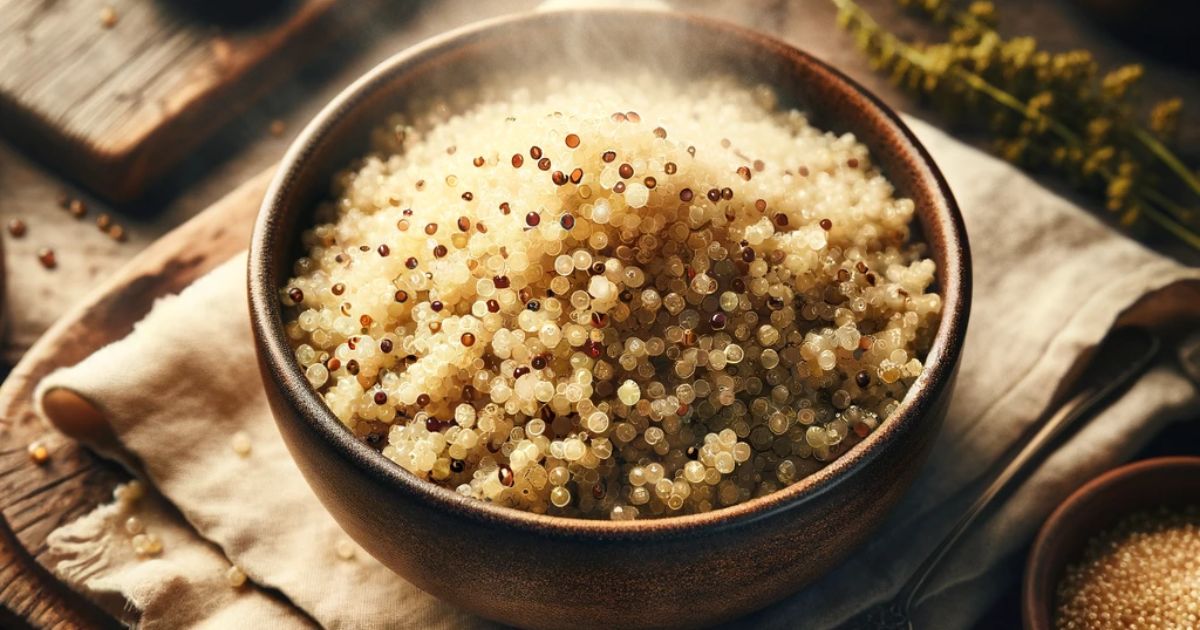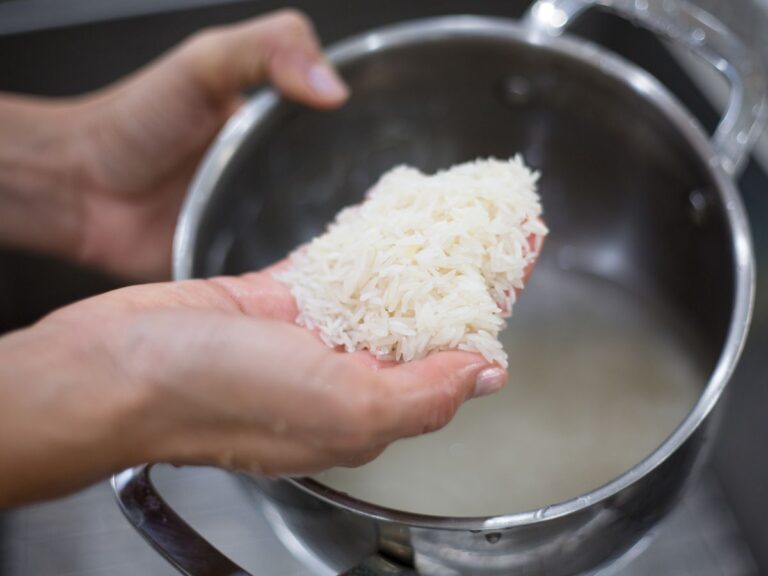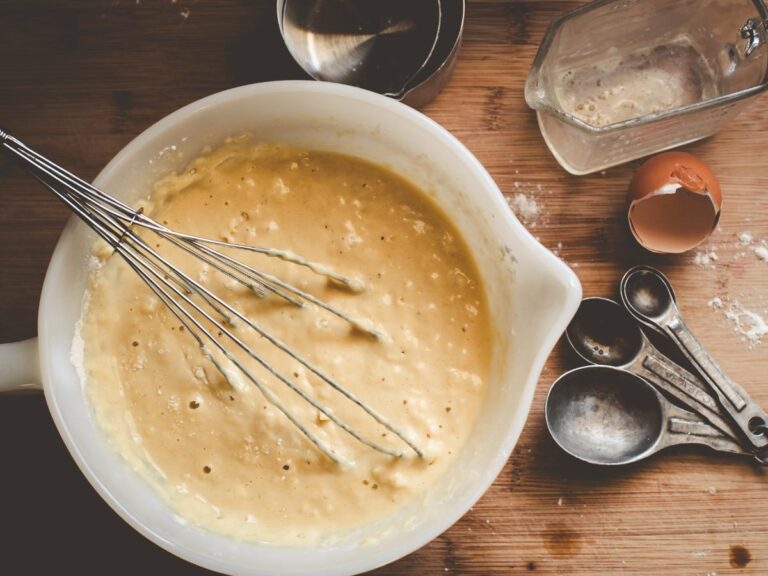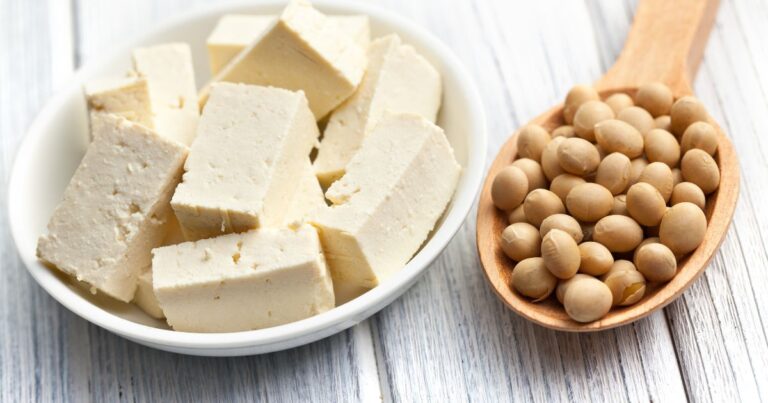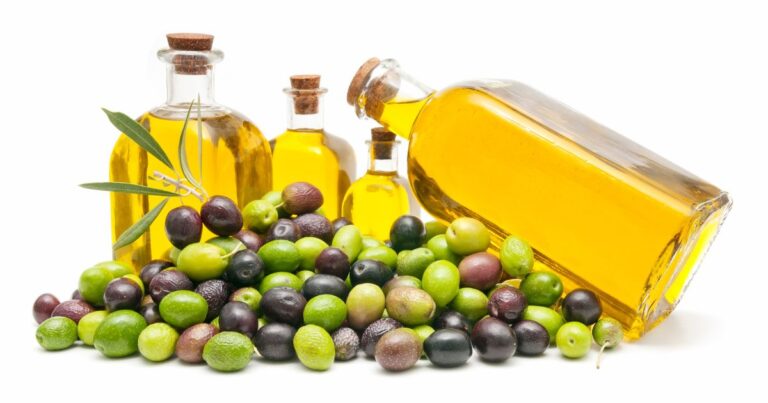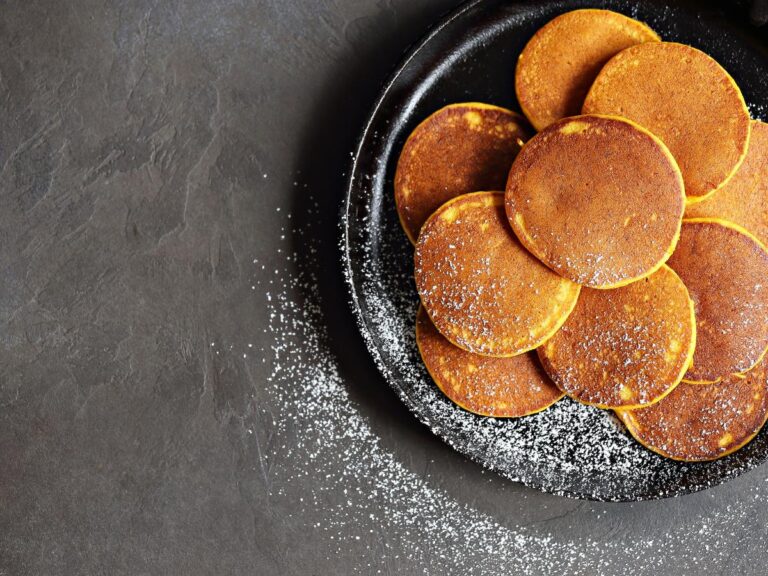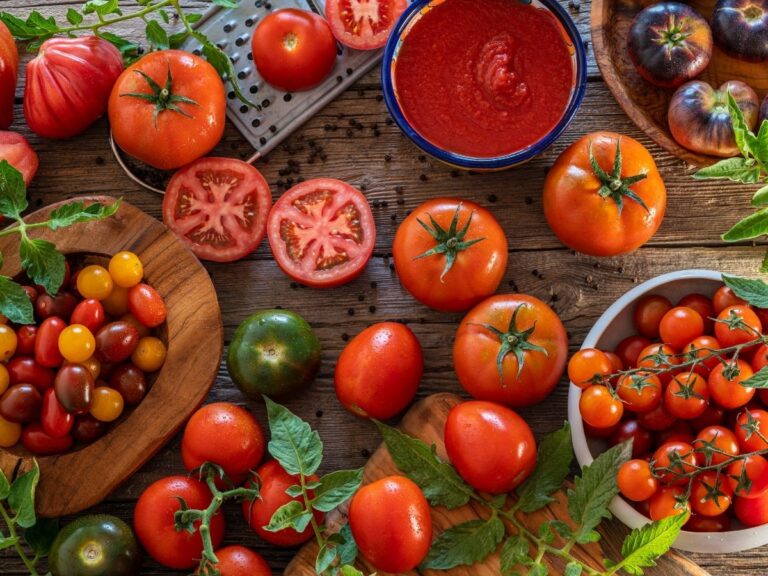Brown Rice Flavor with Fun Crunchy Texture: How To Make Quinoa Taste Good
With all the buzz these days, it’s hard not to wonder, “What does Quinoa Taste Like?” Some might say it’s a bitter old rice knockoff, and others call it the grain of the century, packing essential vitamins and nutrients with a text profile to keep your tongue and teeth guessing. When prepared correctly, the taste of quinoa can transfer you into a world of exquisite flavor potential!
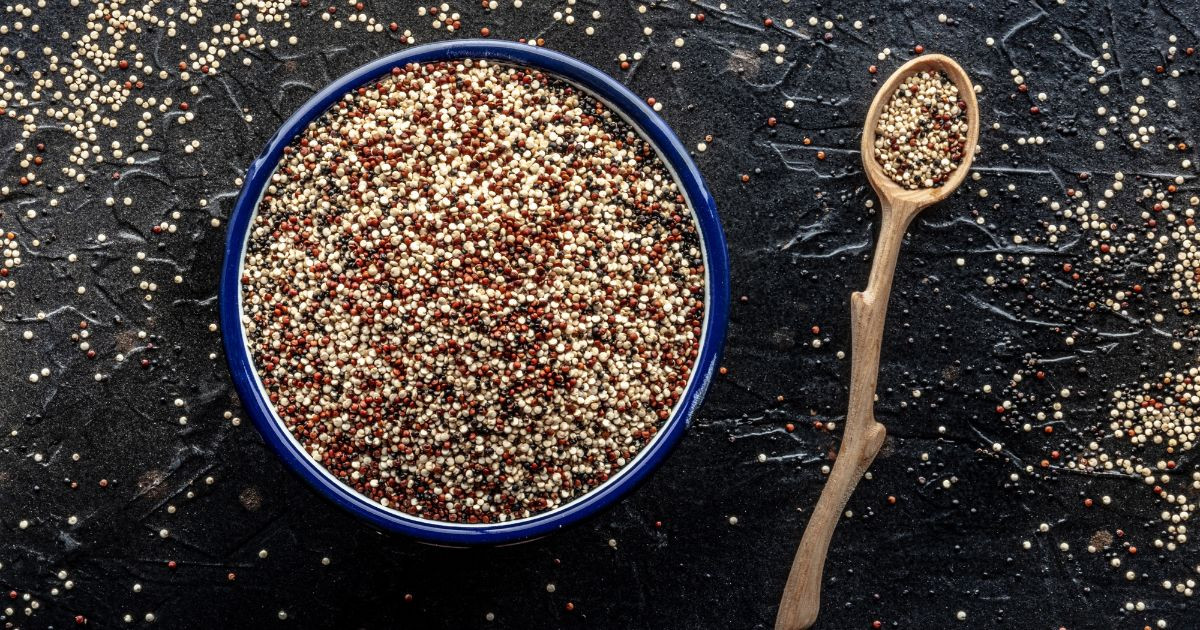
The Options, Benefits, and Versatility of Uncooked Quinoa Will Blow Your Mind
The Quinoa trend is real, and I’ve seen it everywhere I go. With half the world still working on quinoa pronunciation, let’s get ahead of the trend and figure out what is happening in our mouths when we take a big spoon of quinoa, chew it up, and swallow it down.
Let’s break down what quinoa tastes like. Whether you are new to the quinoa game or a novice in the quinoa crunch world just wanting to understand more, sit back and enjoy some delicious quinoa nutrition fun facts!
If you keep reading, I might even give you my top secret method on how to cook perfect quinoa every single time, plus my favorite quinoa recipes so that if you are one of the few who think quinoa tastes bad, then you haven’t prepared it the right way!
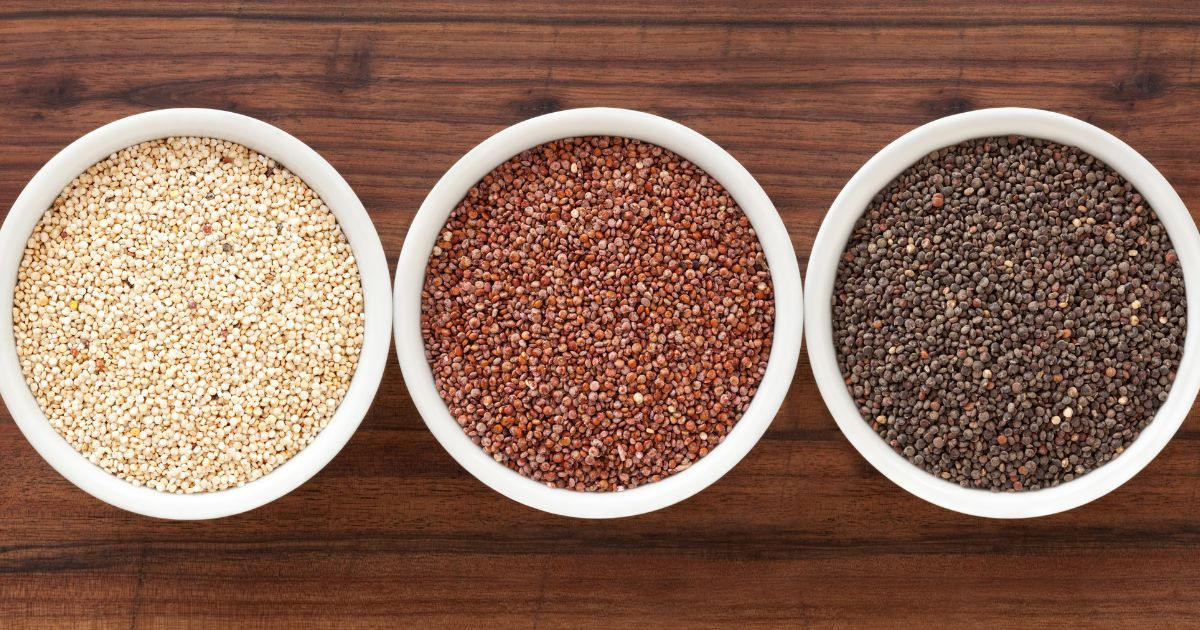
Curiosity piqued by quinoa’s quiet revolution in the culinary world? You’re not alone. This gluten-free ancient grain, a staple of the Incas, has sauntered into our modern kitchens with an air of mystery and a promise of nuttiness wrapped in an earthy aroma.
With its subtle flavors and unique texture, to be able to cook quinoa isn’t just a health food trend; it’s a chef’s playground. As someone who’s diced, sautéed, and served countless ingredients, I find quinoa’s versatility and nutritional profile a delightful challenge.
It’s like a chameleon on the plate, adapting and enhancing whatever it accompanies. Let’s find what makes quinoa a standout ingredient, from its taste and texture to the best ways to cook it perfectly.
Table of Contents
What Does Quinoa Taste Like?

Whether you’re a quinoa skeptic or enthusiast, I invite you on this culinary journey to explore the true essence of this pseudo-cereal’s taste.
From its nutty undertones to its fluffy yet somewhat crunchy texture, quinoa invites a sensory experience that’s as pleasing to the palate as beneficial to the body.
Let’s explore the essence of this beloved grain’s flavor, from its intriguing texture to how it can be enhanced and transformed in the kitchen.
Unpacking the Flavor

When it comes to quinoa, the first question on everyone’s lips is, “But what does it actually taste like?” Let’s break it down. Quinoa is often celebrated for its nutty flavor, but that’s just scratching the surface.
Imagine a backdrop of earthiness with a subtle, almost elusive sweetness. That’s the flavor quinoa has for you. It’s not about a punchy, in-your-face taste; it’s more of a gentle whisper, enhancing dishes with its understated elegance.
White Quinoa
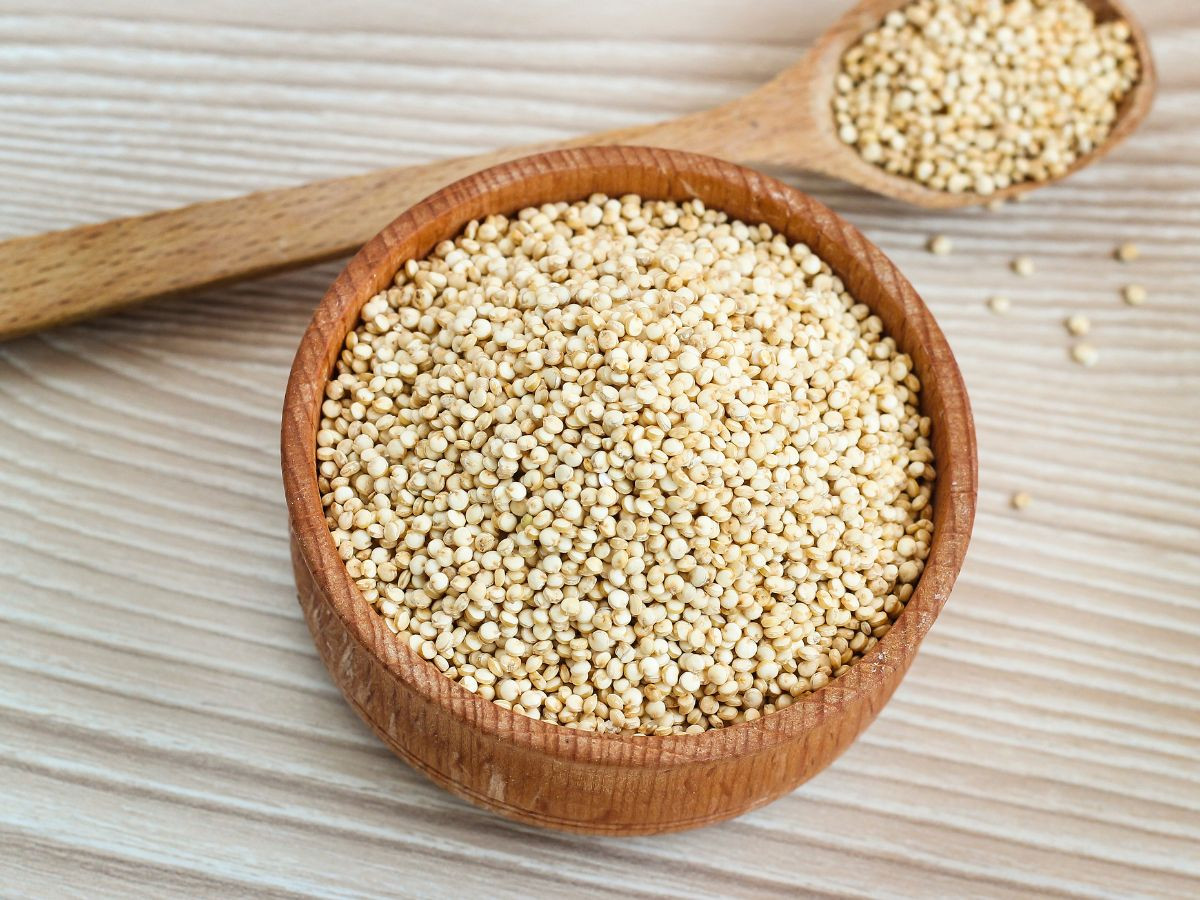
The mildest of the bunch, white quinoa is your go-to for a light, fluffy texture and a slightly nuttier taste. It’s like the versatile base note in a well-composed dish, ready to meld with a symphony of flavors.
Red Quinoa
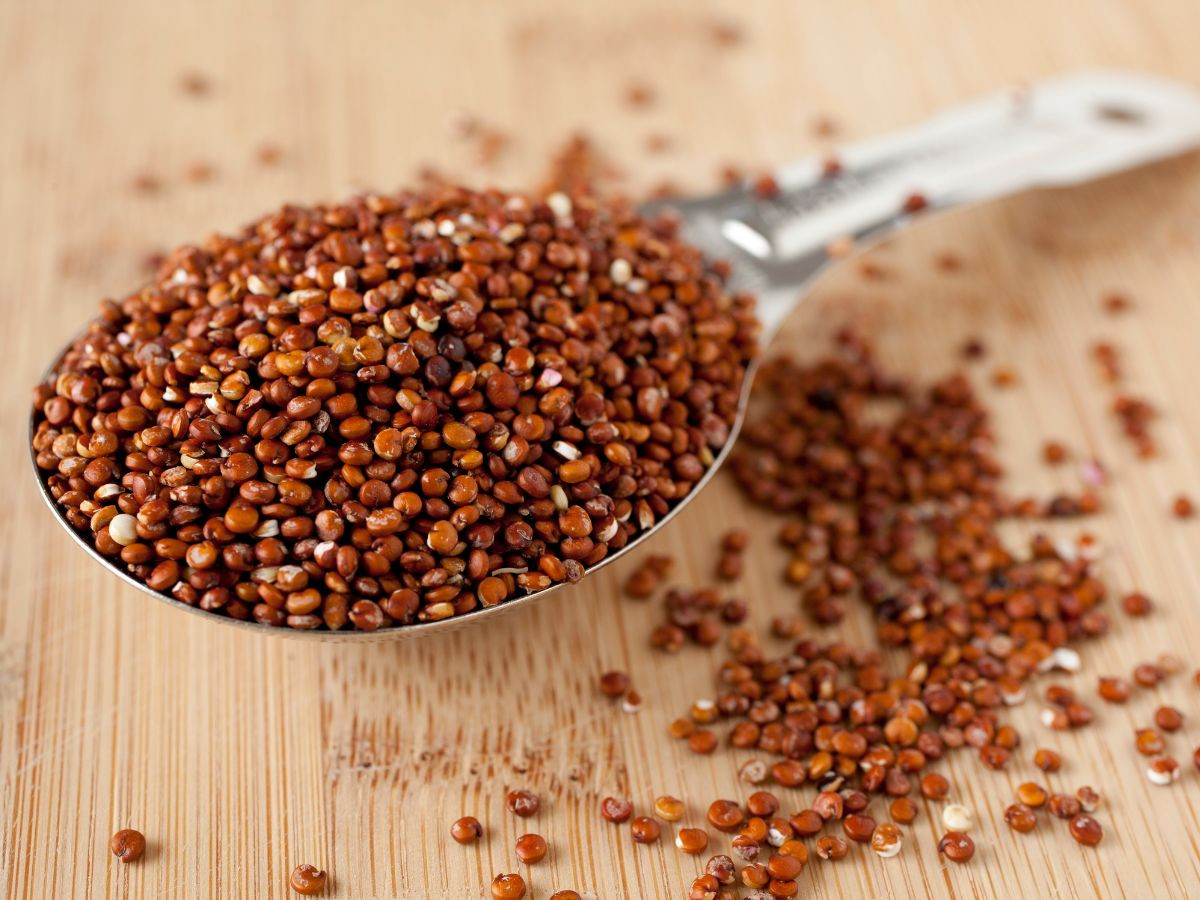
A bit bolder, red quinoa brings a richer taste and a heartier texture. The grain refuses to fade into the background of a salad or a side dish, offering a pop of color and a slightly chewier bite.
Black Quinoa

The most adventurous of the trio, black quinoa offers an earthier, slightly sweeter profile. The robust choice stands up well in colder dishes, adding depth and a hint of crunch.
As a chef, tri-color quinoa fascinates me. Its taste is a canvas, ready to absorb and amplify the flavors it’s paired with. A dash of citrus, a sprinkle of herbs, or a drizzle of olive oil – each addition unveils a new layer of quinoa’s personality. This chameleon-like ability makes quinoa a staple in my culinary repertoire.
Texture: A Key Component of Taste
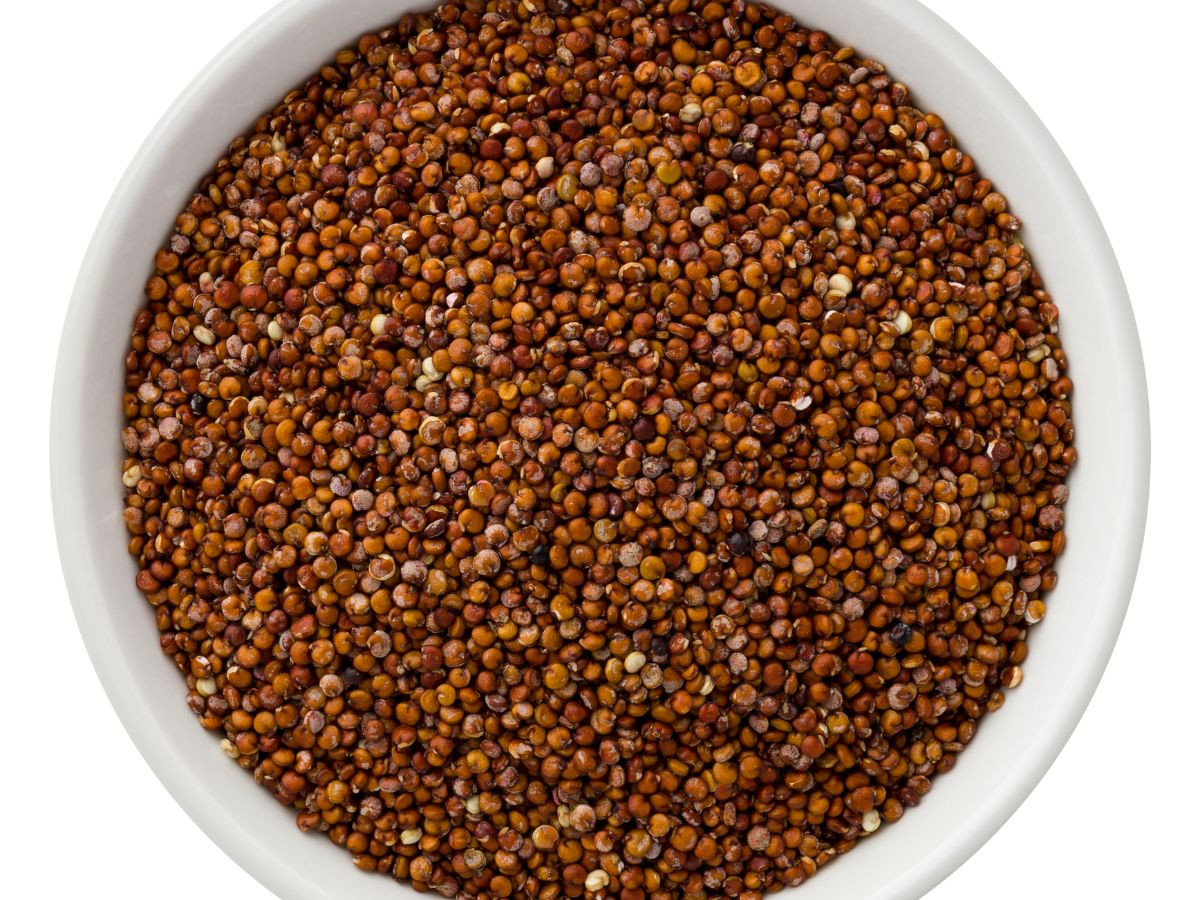
Texture plays a starring role in the quinoa experience, and it’s here that this grain truly shines. Cooked quinoa presents a delightful paradox: it’s both tender and crunchy, offering a surprisingly complex mouthfeel for such tiny seeds.
Fluffiness
When appropriately cooked, quinoa fluffs up beautifully, each grain distinct and tender. This fluffiness makes it an ideal base for salads and bowls, where it can soak up dressings and sauces, becoming little bursts of flavor.
Crunch
The slight crunch is what sets quinoa apart from other grains. This textural contrast keeps every bite interesting, adding a playful pop not commonly found in grains like rice or couscous.
The secret to achieving the perfect texture? It’s all in the cooking method. Here’s how I ensure quinoa turns out perfectly every time:
Rinse Well: Quinoa naturally has a bitter coating called saponin. A thorough rinse under cold water is crucial to remove this bitterness and ensure your quinoa is as flavorful as possible.
Water Ratio: The golden ratio I swear by is two parts water to one part quinoa. This ensures each grain cooks evenly and fluffs up without becoming soggy.
Simmer and Rest: Bring it to a boil, then reduce to a simmer, cover, and let it cook gently. The real magic happens off the heat. Let it sit, covered, for about 5 minutes after cooking. This allows the quinoa to steam and fluff up.
Quinoa’s unique texture not only contributes to its taste but also its versatility in dishes. It can be a soft, comforting base in a warm bowl or add a delightful crunch to a cold salad. Understanding and mastering this textural play is key to elevating your quinoa dishes from good to unforgettable.
Flavor Enhancers and Cooking Techniques

Mastering the raw quinoa flavor isn’t just about cooking it right; it’s about dressing it up and making it dance with the other ingredients on the plate. Here’s where a chef’s intuition and some culinary creativity come into play when preparing quinoa.
Cooking with Broth
One of my go-to methods for infusing quinoa with extra flavor is to cook it in broth instead of water. Whether it’s vegetable, chicken broth, or beef broth, this simple switch can transform quinoa from a supporting act to the show’s star.
Toasting
Try toasting the quinoa in a dry pan before adding water or broth for a deeper, nuttier flavor step. It adds a rich complexity and enhances its natural nuttiness, giving a simple dish an elevated twist.
Herbs and Spices
Quinoa loves company, especially from herbs and spices. A sprig of rosemary, a dash of cumin, or a sprinkle of fresh parsley can elevate its flavor profile immensely. Think of quinoa as a blank canvas, ready to absorb and harmonize with the aromatic world of herbs and spices.
Acidic Notes: A splash of acidity can lift quinoa’s flavor beautifully. A squeeze of lemon or a dash of vinegar can balance its earthiness, adding a bright note that make quinoa dishes come alive.
The Right Pairings
Quinoa plays well with a wide range of ingredients. Roasted vegetables, grilled meats, or a vibrant mix of fresh salads can all complement its subtle taste and texture. It’s about finding the right balance that works for your palate, which is what makes it more special with quinoa gluten-free naturally.
Cooking quinoa is akin to painting on a canvas – blending techniques and flavors to create a masterpiece. Each method or ingredient added weaves a new layer of complexity into the dish, making quinoa an endlessly versatile ingredient in the culinary world.
A Brief Nod to Quinoa’s Background

Understanding quinoa’s backstory enriches every bite. This ancient grain was the gold of the Incas, revered as the mother of all grains. Originating from the Andean region, it’s been nourishing generations long before it became a staple in trendy cafes and health-conscious kitchens around the globe.
Quinoa’s resilience is legendary. Thriving in harsh conditions, from high altitudes to poor soils, it’s a testament to sustainability and endurance. This hardiness translates into the grain’s robust nutritional profile and ability to complement various diets and lifestyles today.
What’s fascinating is how quinoa’s journey from an ancient crop to a modern superfood mirrors our growing awareness of holistic health and sustainable eating. Each grain carries centuries of agricultural wisdom, making quinoa not just food but a cultural heritage.
So, when we cook with quinoa, we’re not just preparing a delicious meal but connecting with a rich tradition spanning thousands of years. It’s a humble reminder of the power of food to bridge past and present, nourishing both body and soul.
With this appreciation of quinoa’s heritage in mind, let’s explore how its nutritional benefits make it an even more appealing choice for our plates.
Health Benefits Related to Taste

Quinoa isn’t just good; it’s good for you. Its health benefits are a big part of its appeal, making every savory bite a step towards better health. As a chef, I’m not just after taste; I’m also looking to nourish the body, and quinoa fits the bill perfectly.
Complete Protein: Quinoa is a rare plant food that contains all nine essential amino acids, making it a complete protein. This is particularly appealing for vegetarian and vegan dishes, where it can be a key protein source.
Fiber Rich: High in dietary fiber, quinoa helps in digestion and keeps you feeling full longer. This makes it an excellent choice for anyone looking to maintain a healthy weight.
Mineral Powerhouse: It’s packed with minerals like magnesium, manganese, phosphorus, and iron. These are crucial for bone health, energy levels, and overall well-being.
Antioxidant Abundant: Quinoa is rich in antioxidants, which fight free radicals in the body, reducing inflammation and combating chronic diseases.
The beauty of quinoa’s nutritional profile complements its mild, nutty flavor. Knowing you’re eating something that tastes good and contributes to your health makes each bite much more satisfying.
How To Cook Quinoa for Optimal Flavor

Achieving that perfect quinoa isn’t just about boiling grains; it’s an art form, a delicate balance of technique and intuition. Here’s how I ensure my quinoa is spot-on every single time: Grab Your Perfect Pot and Let’s get to it
Rinse Thoroughly: Start by giving your quinoa a good rinse under cold water. This washes away the saponin, a natural coating that can give quinoa a bitter taste if not removed. A fine mesh strainer works best for this.
The Toasting Trick: Try toasting the quinoa in a dry skillet for a few minutes before you cook it. This step enhances its nutty flavor, adding a depth that simple boiling can’t achieve. Keep stirring to prevent it from burning until the grains pop and release a delightful, nutty aroma.
Liquid Love: Water works fine, but if you want to elevate your quinoa, cook it in broth. Vegetable, chicken, or even beef broth can infuse your quinoa with layers of flavor, transforming it from a side dish to a centerpiece.
The Perfect Simmer: Once you’ve added your liquid (two parts liquid to one part quinoa is the golden ratio), bring it to a boil, then reduce the heat to a low simmer. Cover and let it cook until the liquid is absorbed and the quinoa is tender, about 15-20 minutes.
Let It Rest: The final step, and the real secret to fluffy quinoa, is to take it off the heat once it’s done cooking, cover it, and let it sit for about 5 minutes. This allows the quinoa to steam through, making each grain perfectly tender and separate.
Mastering these steps turns quinoa from a simple grain into a culinary delight, ready to be the star of your next meal. It’s about bringing out the best in quinoa, letting its subtle flavors and delightful texture take center stage.
Quick and Delicious Quinoa Recipe

Now, for the pièce de résistance: a quinoa recipe that’s as easy to whip up as it is delightful to the taste buds. This is one of my go-to dishes, perfect for a nutritious weeknight dinner or a sophisticated side that’ll impress even the most discerning guests.
Lemon Herb Quinoa Salad
Ingredients:
1 cup quinoa (rinsed and drained)
2 cups vegetable broth (for cooking the quinoa)
1/4 cup fresh lemon juice
1/3 cup extra virgin olive oil
1/2 cup chopped fresh parsley
1/4 cup minced fresh mint
1 cucumber, diced
1 cup cherry tomatoes, halved
Salt and pepper to taste
Optional: crumbled feta cheese or diced avocado for topping
Instructions:
Cook the Quinoa: Start by cooking the quinoa in the vegetable broth using the method detailed in the previous section. Remember, the goal is fluffy and tender quinoa, so don’t rush this step.
Whisk Up the Dressing: While the quinoa is cooking, whisk together the lemon juice, olive oil, salt, and pepper in a small bowl. This simple dressing will bring a bright and zesty flavor to the salad.
Combine the Ingredients: Once the quinoa is cooked and has had a chance to cool slightly, transfer it to a large mixing bowl. Add the chopped parsley, mint, cucumber, and cherry tomatoes. Toss everything together to combine.
Dress It Up: Pour the lemon-olive oil dressing over the salad and toss gently until everything is beautifully coated. The dressing will soak into the quinoa, infusing it with a fresh, citrusy essence that complements the herbaceous notes.
Serve with a Twist: Serve the salad as is, or elevate it with a sprinkle of crumbled feta cheese or some diced avocado for an extra layer of flavor and creaminess.
This Lemon Herb Quinoa Salad is a testament to quinoa’s versatility and ability to play well with various flavors. It’s a refreshing and satisfying dish, proving that healthy eating doesn’t have to be complicated or bland.
Serving Suggestions: Best Way To Eat Quinoa

Quinoa’s versatility doesn’t end with salads; its subtle flavors and pleasant slightly chewy texture make it a fantastic addition to any meal. Here are some serving suggestions to inspire your culinary adventures with quinoa:
As a Side Dish: Replace rice or couscous with quinoa for a nutritious twist on your favorite meals. Its nutty flavor pairs beautifully with grilled vegetables, black beans, roasted meats, or hearty stews.
In Breakfast Bowls: Start your day with a protein-packed quinoa breakfast bowl. Mix cooked quinoa with almond milk, a dash of cinnamon, and your choice of sweeteners. Top with fresh fruits and nuts for a wholesome beginning.
Stuffed Vegetables: Elevate your stuffed peppers, tomatoes, roasted sweet potatoes, or zucchini using quinoa as the filling base. Mix it with spices, herbs, and a bit of cheese for a flavorful and satisfying filling.
Quinoa Patties: Combine cooked quinoa with beaten eggs, breadcrumbs, and your favorite seasonings. Form into patties and pan-fry until crispy. Serve with a side of greens or a dollop of yogurt for a light meal.
In Soups and Stews: Quinoa can be an excellent addition to soups and stews, adding texture and boosting the nutritional content. It’s perfect in hearty vegetable soups or chili, which can soak up flavors and add body to the broth.
Quinoa Sushi Rolls: Use quinoa instead of rice in your sushi rolls for a creative twist. It’s a great way to infuse traditional sushi with extra protein and fiber, making for a satisfying and healthful treat.
Remember, quinoa’s mild taste is a blank canvas for flavors. Don’t be afraid to experiment with different herbs, spices, and cooking methods to find the combinations that delight your palate the most.
Whether you’re serving it as a main dish or a complementary side, quinoa has the potential to elevate your meals with its unique texture and nutritional benefits.
The Taste of Quinoa: A Summary of Flavors and Texture
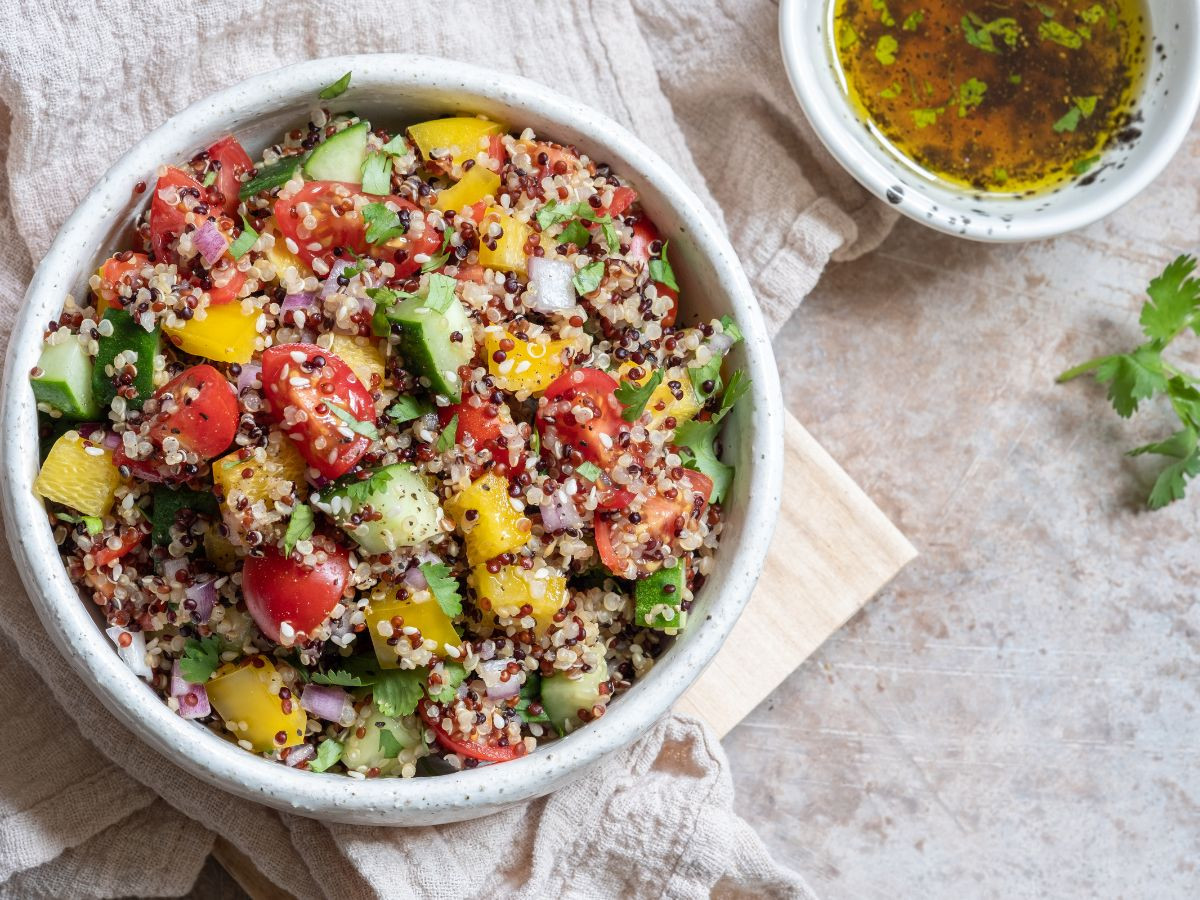
The journey through the world of quinoa reveals a grain that is as versatile and nutritious as it is delicious. Quinoa’s taste is a subtle symphony of nutty and earthy notes, with a texture that combines fluffiness and a satisfying crunch.
Whether you choose white, red, or black quinoa, each variety brings its unique flavor profile to the table, ready to complement a wide array of dishes.
Cooking quinoa to perfection is an art that enhances its natural flavors, transforming it from a simple grain to a culinary delight. By mastering the techniques of rinsing, toasting, and simmering, you can unlock the full potential of quinoa, making it a staple in your cooking repertoire.
Quinoa’s appeal extends beyond its taste and texture. Its rich history, dating back to the Incas, and its impressive nutritional profile, packed with protein, fiber, and minerals, make it a smart choice for health-conscious food enthusiasts.
As we circle back to the question of “What does quinoa taste like?” we find its appeal lies in its subtlety. This mild, nutty flavor is a versatile foundation for various culinary creations.
From hearty salads and breakfast bowls to stuffed vegetables and soups, quinoa’s ability to absorb and enhance the flavors of accompanying ingredients makes it a beloved addition to meals around the globe.
In embracing quinoa, you’re not just enjoying a delicious and nutritious grain; you’re participating in a tradition that spans centuries and cultures. Quinoa’s journey from the high Andean plateaus to our modern kitchens is a testament to its enduring appeal and ability to nourish and satisfy in many ways.
FAQ and Additional Information
Why Does My Quinoa Taste So Bad?
Your rinsed quinoa, could taste bad due to the presence of many saponines inside the uncoated quinoa before boiling them. It could taste bad due to the many saponins inside the uncoated quinoa before they are boiled. Have you ever thought about mentioning saponin, as referred to earlier?
Saponin is the natural coating on quinoa seed, acts as an effective pest control product, and has a sweet taste that wards off birds and insects. Quinoa tastes bitter without rinsing. Please wash thoroughly!
Quinoa vs Rice
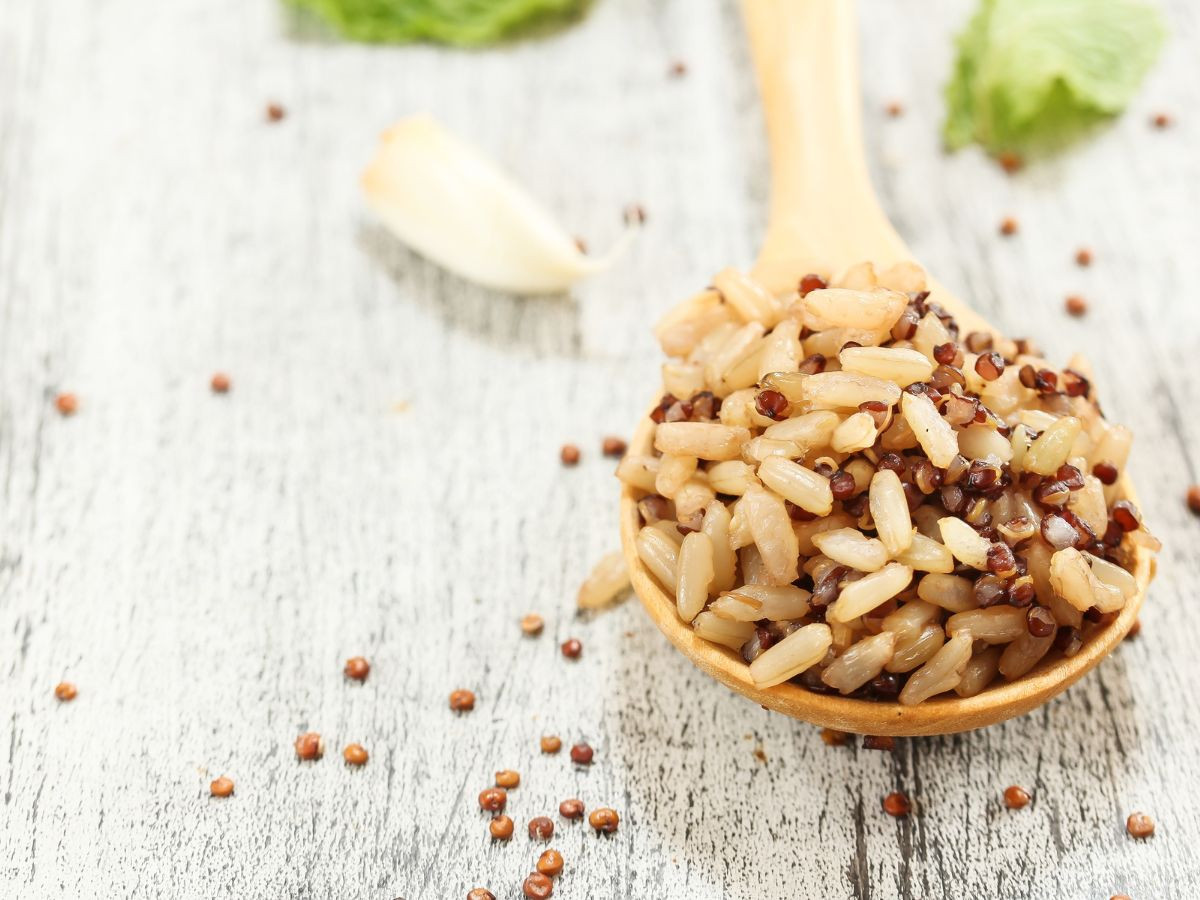
Although many people emphasize differences, there are similarities and misconceptions. Certain recipes may be better when fried with a certain rice variety, such as basmati rice to make coconut milk curries or jasmine rice to fry. Brown Rice also offers an essentially identical food profile to this grain seed.
Do you need to rinse quinoa?
It does not require any washing of quinoa during the cooking process. Typically, quinoa is rinsed for the removal of residue, which can make its quinoa taste bitter.
Does quinoa have an aftertaste?
Quinoa can have a slight aftertaste, often described as nutty or earthy and sometimes a bit bitter. This aftertaste is mainly due to saponins, natural compounds on the quinoa seeds’ outer layer.
While most commercially available naturally gluten free quinoa is pre-rinsed to remove these compounds, a thorough rinse at home before cooking can help minimize any remaining bitterness and reduce the aftertaste.
Additionally, the method of preparation and the flavors paired with quinoa can also influence and mitigate any aftertaste, making it a versatile and enjoyable grain for a variety of dishes.

